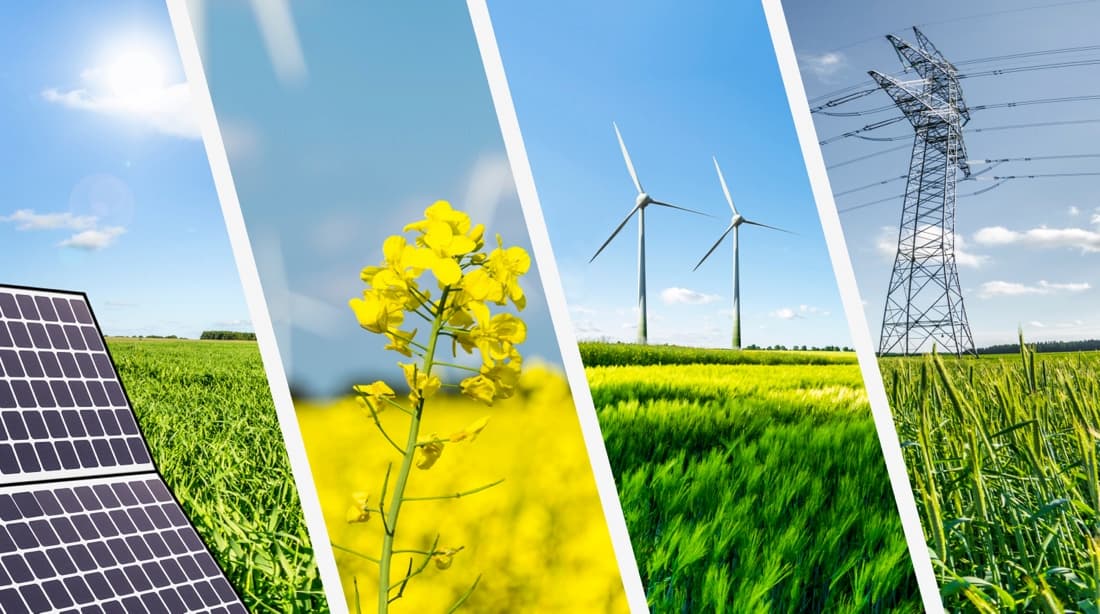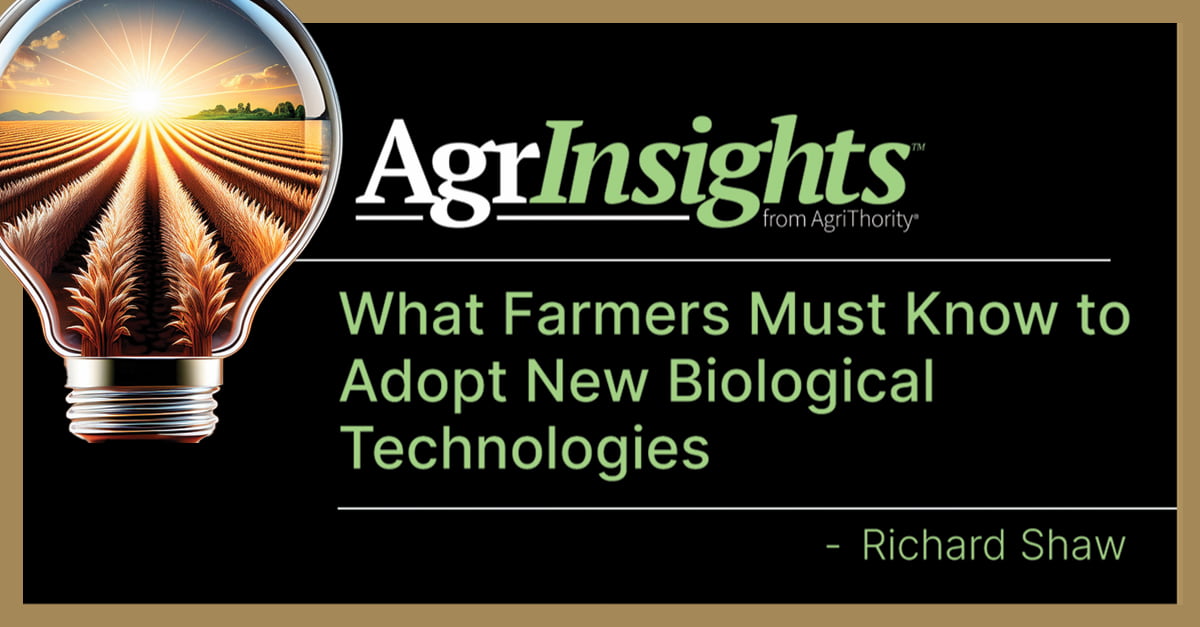Wind. Solar. The two main sources of renewable energy since the world started considering renewable energy around 2010. Wind energy is an old technology made new, and growers’ biggest contribution is the land for the turbines. Since 2010, wind and solar energy use has grown 7 percent, while investment in bioenergy and biomaterials was up 15 percent just since 2021. The agriculture industry is finding more ways to be involved in renewable energy beyond having land to generate it.

Beyond wind and solar, renewable energy sources include falling water, geothermal, plant materials (biomass), waves, ocean currents, temperature difference in oceans and tidal. It just so happens that agriculture knows a little something about plant materials, and biomass technologies have picked up steam. Of the biomass technologies, ethanol is arguably the best known, but many technologies have potential beyond ethanol production. Biopower and bioproducts also are opportunities in the bioenergy industry where agriculture is contributing.
Corn has been the primary commodity used for ethanol, and soybeans for biodiesel. But new technologies are waiting in the wings to provide more options for biofuels.

An ancient oilseed camelina is getting new life as a potential new crop for renewable diesel, and it has the potential to produce bioplastics to replace petroleum plastics and to produce omega-3 oils. It can also be used as a cover crop, so it does not have to replace acres; it can be a supplement. With the Renewable Volume Obligation (RVO) from the EPA (Environmental Protection Agency) rising, more biofuels will need to be produced, so this is an area where new technology could thrive.
Another example is the National Renewable Energy Laboratory where new technologies use agricultural residues as opposed to the actual crop, thus avoiding disruption to current uses of the primary crops. Other renewable technologies, like the enhanced photosynthesis traits of Living Carbon, are finding out-of-the-box ways to contribute to a more renewable future for the earth.
But every new idea or research breakthrough is just a concept needing development, whether it’s cultivar testing for new crops, field trials for whole new approaches like enhanced trees or market development to determine the best region for the novel new products.
Working with AgriThority® experts around the world can help capitalize on the opportunities your new technology presents. When your Research is ready for Development, turn to AgriThority® for the scientific product, business and market expertise that can make the difference between a great idea and a breakthrough product.



